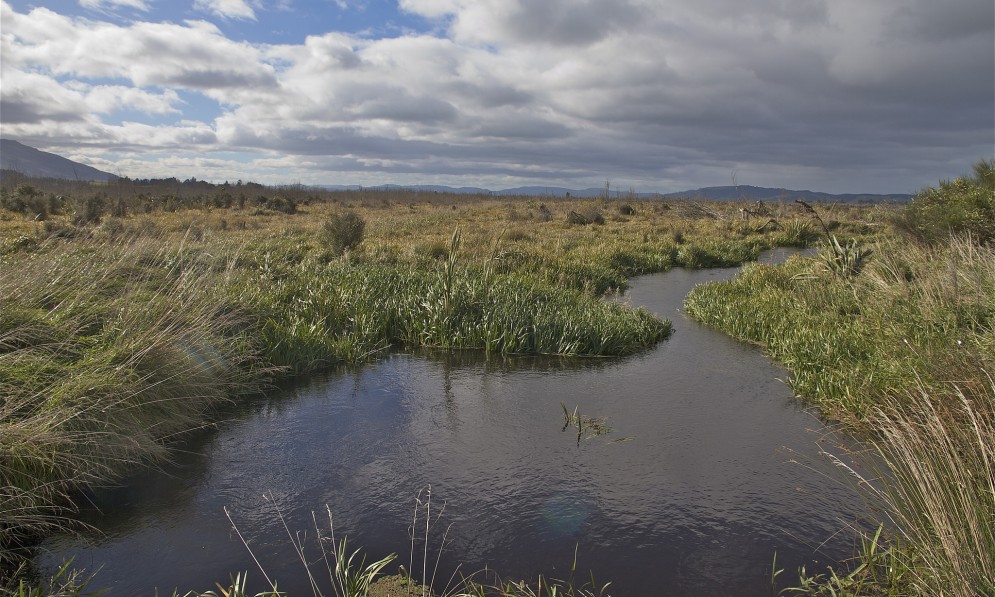New Zealand’s peat wetlands are more powerful than tropical forests at absorbing carbon.
For World Wetlands Day today, Forest & Bird is releasing regional data to show wetlands are our secret resource in working to mitigate the effects of climate change.
"The Government needs to introduce a plan to protect and recharge Aotearoa’s wetlands," says Forest & Bird freshwater advocate Annabeth Cohen.
“Only about 10 percent of our historic wetlands remain, and the few wetlands left are dwindling every day to make room for pasture or urban development.”
“If we save every remaining wetland, and double what we’ve got, there could be great gains for our wellbeing and for our climate goals.”
“Peat wetlands in particular are super carbon sinks. They hold twice as much carbon as all of the world’s forests combined, yet cover only about 3% of earth’s land surface.”
“The majority of the drained peatland in Aotearoa is used for intensive farming. Dried peatland emits carbon and is responsible for up to 6% of agricultural emissions in New Zealand.”
“Wetlands must be wet for them to do their magic. We could save as much as two million tonnes of carbon dioxide every year if we re-wet the peat,” says Ms Cohen.
“Research shows peat wetlands have a net cooling effect in the long term. They absorb huge amounts of carbon, which is a long-lasting greenhouse gas, and permanently store it away.”
“Coastal wetlands such as mangroves, salt marshes, and sea grasses are also excellent at sequestering carbon, known as blue carbon. On average, they can trap carbon 35-57 times faster than tropical forests.”
“Sadly, the Ministry for the Environment has yet to map the historic extent of our coastal wetlands. This means we don’t know how much has been lost and where the opportunity for coastal protection and rejuvenation are.”
“We know wetlands are good at attracting and feeding our birdlife, provide excellent nurseries for our endangered native fish, clean and filter our water, and are the most cost-effective solution to flood and drought protection.”
“The list of wetland benefits is long. We call on the Government to develop a national wetland restoration plan. We have a goal for swimmable rivers, so where is the ambitious goal for our climate-protecting, lifesaving wetlands?”
“New Zealand’s zero carbon future will depend on restored peat and coastal wetlands, and we expect to see these types of nature-based solutions in the Adaptation Plan required by the Zero Carbon Act.” says Ms Cohen.
Karen Denyer from National Wetland Trust says growing crops on wet soils is one opportunity for expanding our wetlands.
"Re-wetting peatland and growing wet-tolerant crops is already gaining traction overseas. Tangata whenua have a long history of sustainably harvesting from wetlands, so there’s a lot of traditional knowledge to guide us. Imagine if Aotearoa could rewet a portion of its peatlands, and grow species such as raupō or harakeke for high-end, eco-friendly products. It's a win-win for land owners and the climate," says Ms Denyer.
|

